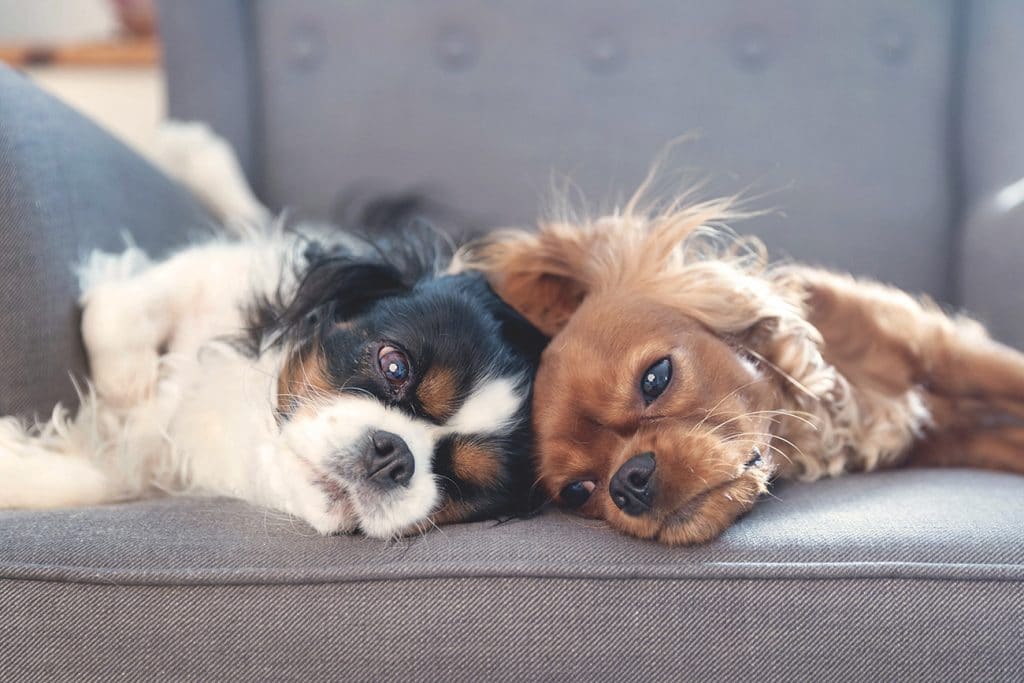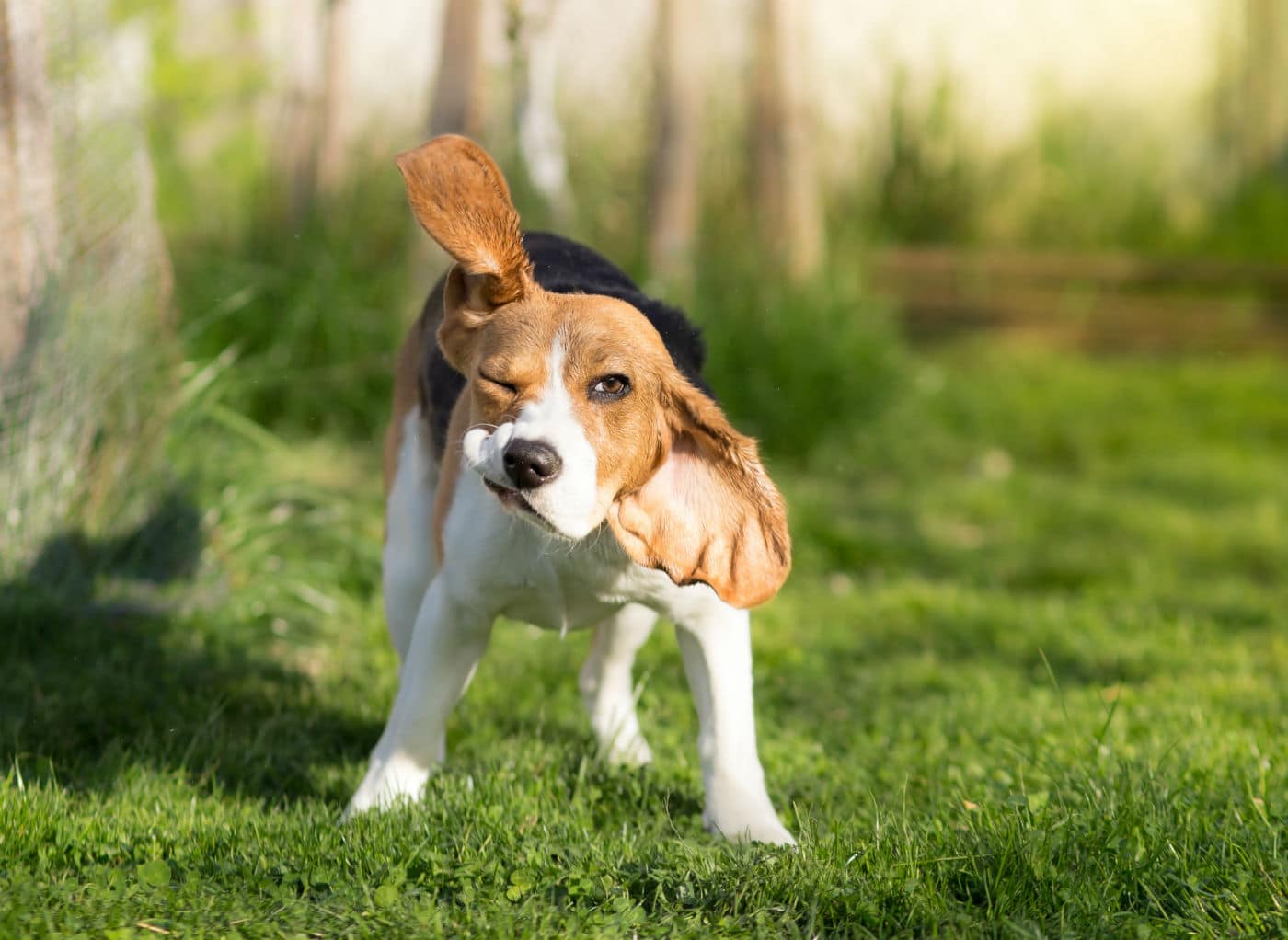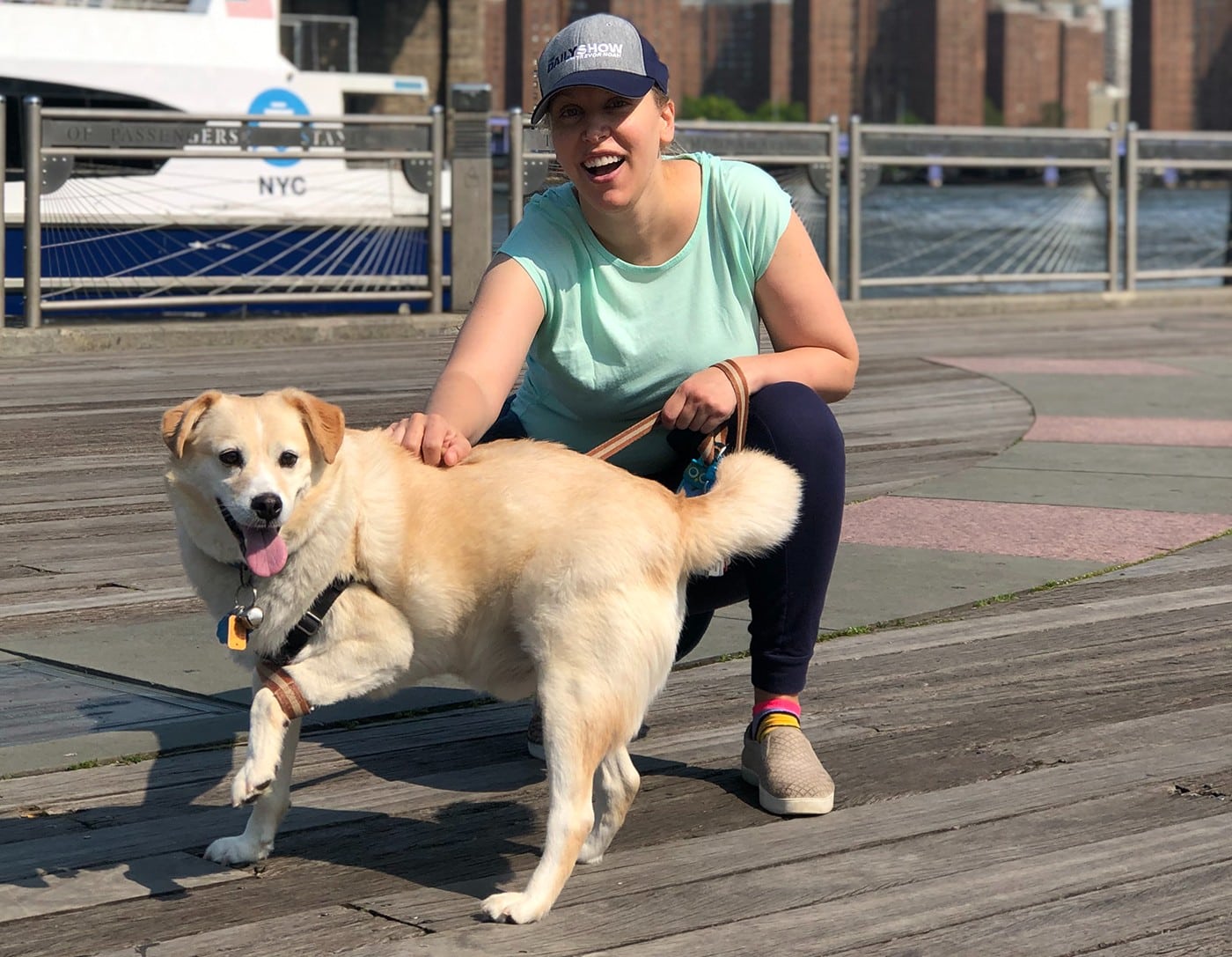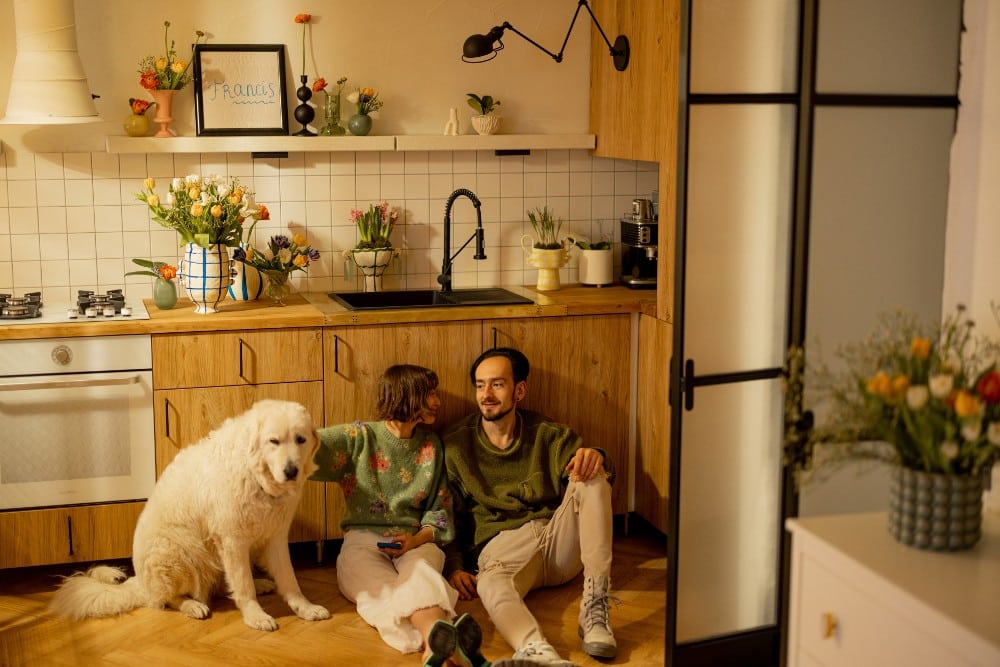Maybe you think your dog is lonely. Or maybe you want double the furry love. Thinking about getting a second dog is a big decision. Before you head to the shelter (or put in a call in to your breeder), there are a few things to consider.
Think About Your First Dog
How does your dog get along with other dogs? Does he enthusiastically jump into the party at the dog park or hang out behind your legs for a while, checking out the playing field? Have you ever had another dog over to the house? How did your dog react? Dogs may act differently towards an outsider on their own territory.
“Keep in mind that getting another dog is not automatically going to make your legacy dog, or the new dog, happy or more fulfilled,” says Russell Hartstein, certified dog behavior consultant, dog trainer and founder of Fun Paw Care in Los Angeles.
If your dog or the pup you are adopting is not dog-friendly, says Hartstein, or has major behavior problems, getting a second dog may not be a good idea. Behavior problems like a history of dog aggression, resource guarding, over-excitability in the house or any other unwanted behavior should be dealt with before you get another dog.
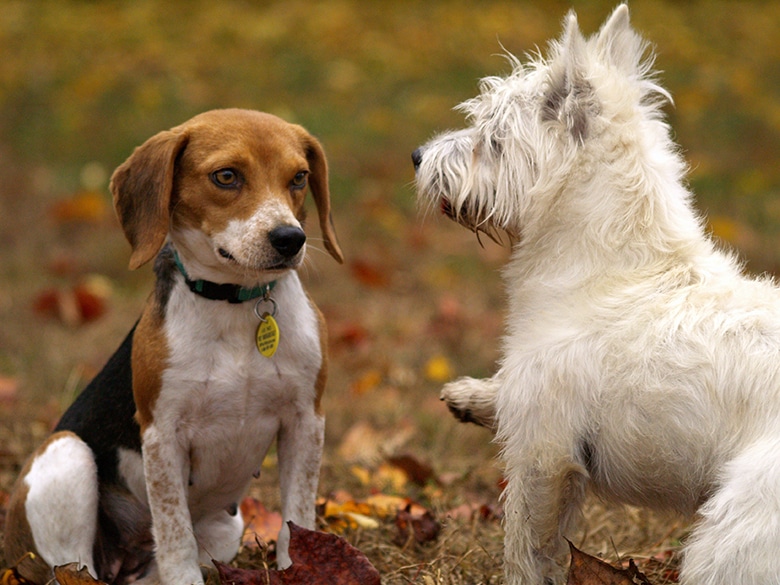
Even if you think your dog is acting out because she’s lonely or bored, a second dog may actually make the problem worse because the new dog may pick up bad habits from your first dog.
Related: Are Two Dogs Better Than One?
Other things to consider are age, breed, and size. Does your dog bark at larger dogs? Does she display fearful behavior? What about puppies? Sometimes, a puppy is too much energy for an older dog, but other times, it can be energizing. It all depends on how your individual dog reacts. Just like us, they can be picky.
Make Sure You’re Prepared
While you will soon adjust to the extra chores, such as walking and feeding two dogs, be aware that two dogs are twice the expense. That means two sets of vet bills, two teeth cleanings, two fees for dog walking, two grooming fees (if you need a dog groomer), etc. It a serious expense; make sure you can pay for things like emergency veterinarian visits should the need arise.
Almost all new dogs will need some training when they first get to your home. It’s a good idea to enroll your dog in a basic obedience class unless you really know what you’re doing. In both scenarios, you will need to schedule short training sessions at least twice a day. Make sure you have the time (and inclination). It will also probably be necessary to reinforce your first dog’s training, and then you will need to work with them together so they get along and have healthy, positive interactions. It may take some time and effort for both you and your two dogs to master the multi-dog walk.
Introducing Your New Dog

It is best to introduce your first dog to your potential second dog before you actually bring the new dog home. Like humans, dogs can immediately dislike another dog. Conversely, it may be love at first sight.
“Introduce the new dog to your dog while out on a walk on neutral ground away from your home,” says Hartstein. “See how they interact together.” If you are adopting a dog from a shelter or rescue, most will allow you to bring your existing dog in for a meet and greet. Often, they have a quiet, separate room where the dogs can calmly check each other out.
Keep in mind, though, a dog’s behavior in a shelter is not necessarily a good test of a dog’s temperament. Shelters are stressful environments, and you won’t get a clear picture of how a dog will act in a home. Talk to the shelter staff about the dog’s interaction with other dogs. Sometimes they will know if the dog lived in a home with other pets (including cats). Or see if you can take the two for a walk, away from the noisy shelter.
In the case of a foster situation, ask the foster parents if you can bring your dog along. They will usually suggest this (or require it), since rescues are usually devoted to finding safe forever homes.
Related: 5 Signs Your Dog Is Depressed – And How Can You Help
If the dogs seem to get along, try walking them around the neighborhood before bringing the new dog inside, says Hartstein, and take it slowly. “If there are any resource guarding or serious behavior problems with either dog, work on those before you think about bringing home another dog.” He suggests hiring a certified behaviorist to help introduce the dogs and for the first few play sessions. “It will be money well spent and save you heartache down the road.”
Also, be sure that the new dog is healthy before bringing her into your home. Dogs in shelters or from breeders can come down with kennel cough and other respiratory infections that are contagious. If the dog is sick, you may have to provide a separate space for the recovery, whether that’s a separate room, a basement or even a night or two at the veterinarian for treatment.
Provide each dog with their own beds, toys, and food and water bowls. You might also consider getting a comfy dog crate where the new dogs can escape. If your existing dog already has a crate, get another one to avoid any issues.
Finally, once you have made the decision to bring a second dog home, be prepared for any potential issues because the worst thing to do to a shelter dog is bring the dog back to the shelter. A new dog will often be quiet and subdued until they begin to acclimate. That’s when any problems between the two dogs may start of manifest. Have a trainer on speed dial for advice and sessions – and be patient. Adjustments take time.
If you’ve covered all your bases, congratulations; you have a new baby at home.
Related: Is That Dog You Want to Adopt Aggressive or Just Fearful? How to Tell the Difference.













